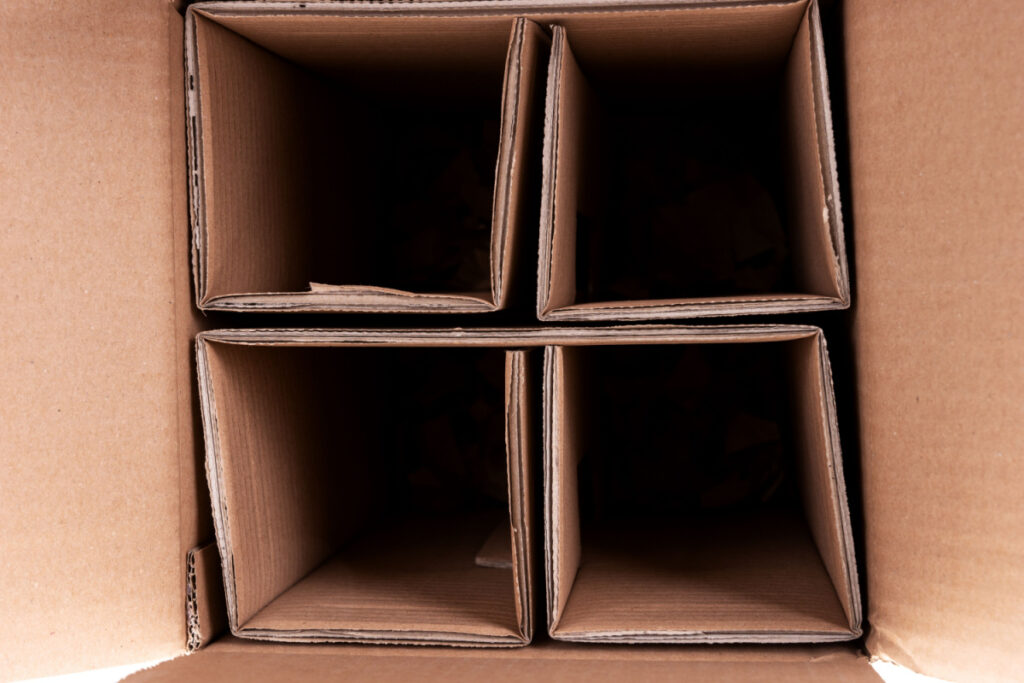

Box partitions play a crucial role in the world of packaging, offering organization, protection, and aesthetic appeal to a wide range of products. However, there are a few common misconceptions surrounding these versatile packaging components. In this comprehensive overview, we’ll explore the truth about box partitions, clarifying misconceptions, shedding light on unique designs, and uncovering the benefits of materials like corrugated boxes and chipboard. Let’s unbox the facts together!
Misconception #1: Box Partitions Are One-Size-Fits-All
A common misconception is that box partitions are generic and limited in their application. However, this assumption is far from reality — in fact, box partitions are a prime example of adaptability and customization! Our box partitions come in various sizes and designs, offering versatility to cater to the unique needs of different products. Whether you’re packaging delicate glassware, electronics, or even fruits, box partitions can be tailored to ensure a snug fit, preventing damage during transit and ensuring a delightful unboxing experience.
Misconception #2: Box Partitions Increase Packaging Waste
Another common misconception suggests that box partitions contribute to excessive packaging waste. Contrary to this notion, they actually play a pivotal role in reducing waste. Box partitions, strategically compartmentalizing products within a single package, minimize the need for additional padding and fillers. This reduction in materials not only enhances sustainability efforts but also showcases a commitment to streamlined, responsible packaging practices.
Misconception #3: Chipboard Is Only for Lesser-Quality Partitions
Another misconception revolves around chipboard, often perceived as a budget-friendly material suitable only for lower-quality partitions. However, chipboard partitions offer a balanced blend of strength, lightweight construction, and customization. Ideal for safeguarding delicate items or providing structural support, chipboard partitions stand as a versatile choice that aligns with both packaging requirements and environmental consciousness. (See also: What is chipboard used for?)
Misconception #4: All Cardboard Is the Same
When it comes to box partitions, not all cardboard is created equal. Corrugated boxes and chipboard are two distinct types of cardboard that serve different purposes. Corrugated boxes are known for their strength and shock-absorbing capabilities, making them ideal for heavier items. On the other hand, chipboard partitions, crafted from recycled paper, excel in providing lightweight protection and customization for various products.
Misconception #5: Box Partitions Impede the Unboxing Experience
A lesser-known misconception is that box partitions hinder the unpacking experience, making it cumbersome and frustrating. In reality, well-designed partitions enhance the unboxing journey. They provide a sense of organization, preventing items from shifting, colliding, or getting damaged. With each item nestled in its dedicated space, the experience of unpacking a box becomes seamless, satisfying, and even exciting.
Dispelling Misconceptions, Embracing the Reality
Box partitions are adaptable, sustainable, and offer tailored solutions for diverse packaging needs. Whether it’s corrugated boxes providing robust protection or chipboard partitions offering lightweight customization, these components elevate the unboxing experience and uphold the integrity of packaged items. At General Partition Company, Inc., we’re committed to dispelling misconceptions, providing unique designs, and revolutionizing the way you think about packaging solutions. Contact us today to place an order and change your business for the better!
